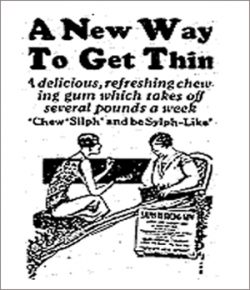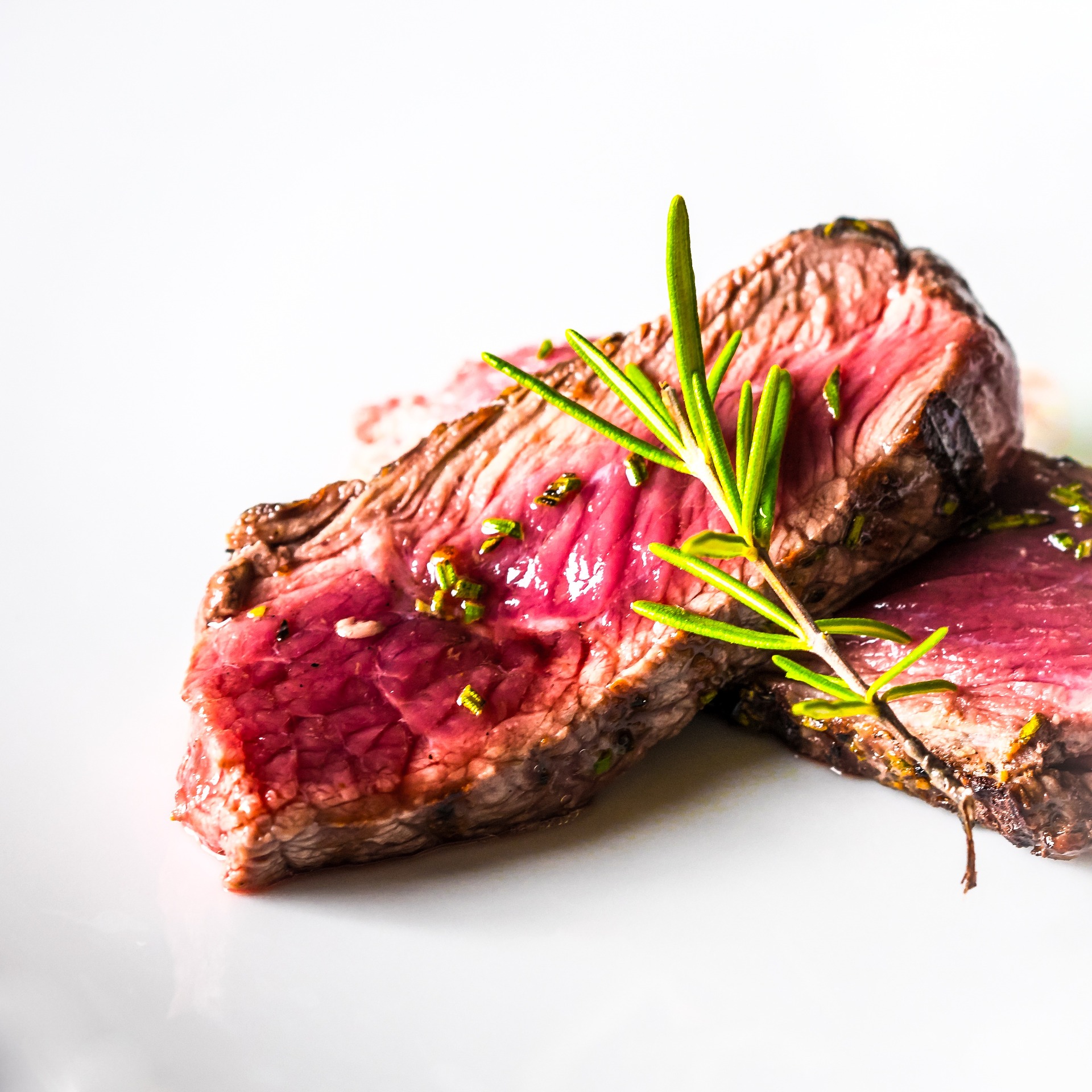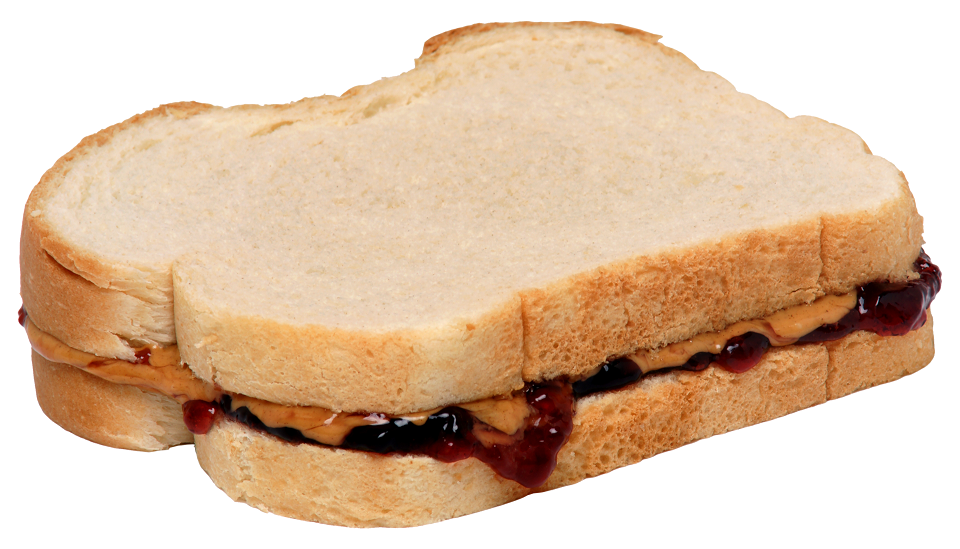(Re)examining Fat Stigma through Black Women’s History

Through my research on black women’s exercise and fitness culture from 1900 to the 1930s, I discovered a little-known history of black fat shaming. While I expected to find that black women engaged in exercise for general health, I never imagined that some black women would craft their exercise programs for weight loss and at the same time participate in fat stigmatization. My surprise stemmed from common-sense assumptions about black people’s fat acceptance and flexible standards of beauty. Popular culture, academic studies on body image, and news outlets help to perpetuate these assumptions. R&B and Hip Hop is known for celebrating black women’s voluptuous bodies, including Drake who rapped famously he likes women “so thick that everybody else in the…



